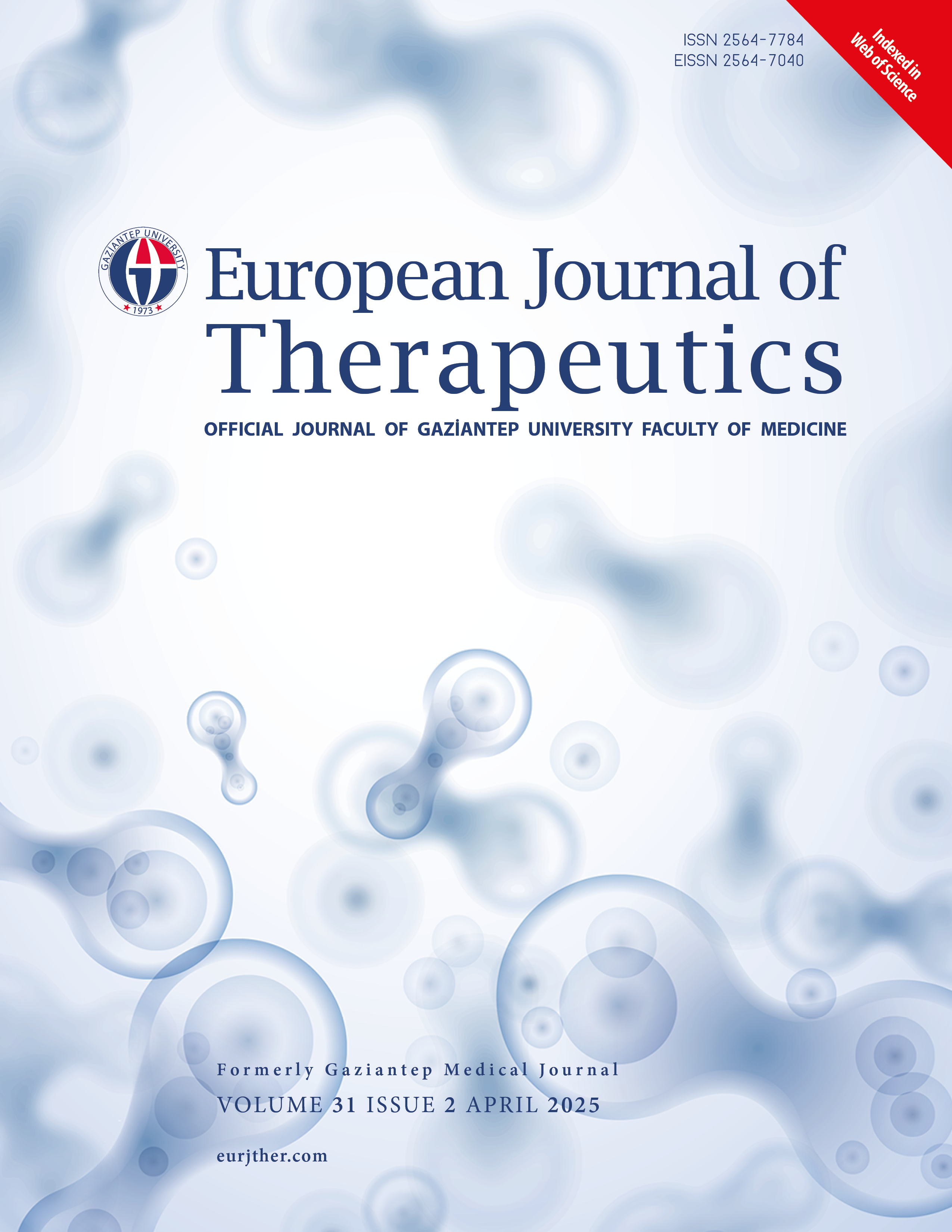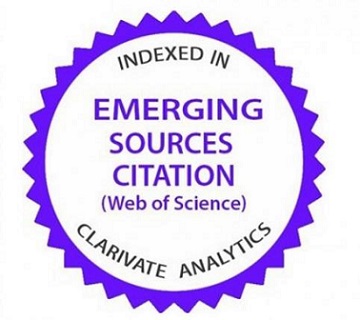Novel Tool For Assessing Tinnitus in Association with Temporomandibular Disorders
DOI:
https://doi.org/10.58600/eurjther2662Keywords:
tinnitus, temporomandibular disorders, questionary, diagnostic criteria, otologic symptomsAbstract
Temporomandibular Disorder (TMD) encompasses a range of conditions affecting the temporomandibular joint and associated structures, often leading to orofacial pain and functional limitations. Concurrently, tinnitus, characterized by auditory perceptions without external stimuli, exhibits subjective manifestations primarily linked to neuroplastic changes in the central auditory system, termed somatosensory tinnitus. The prevalence of tinnitus increases with age and exhibits a bidirectional relationship with TMD, with females showing a higher prevalence. Recent studies have emphasized the need for integrated approaches in evaluating and managing these comorbid conditions. This study proposes a questionnaire as a tool aiming at assessing tinnitus associated with TMD and orofacial pain, addressing tinnitus characteristics, impact on daily activities, medical history, and psychological factors. It aligns with multidisciplinary guidelines emphasizing comprehensive evaluation and treatment strategies for tinnitus related with TMD.
Metrics
References
Ilgunas A, Fjellman-Wiklund A, Häggman-Henrikson B, et al. (2023). Patients' experiences of temporomandibular disorders and related treatment. BMC Oral Health. 23(1):653. https://doi.org/10.1186/s12903-023-03230-5
Michiels S, Ganz Sanchez T, Oron Y, et al. (2018). Diagnostic Criteria for Somatosensory Tinnitus: A Delphi Process and Face-to-Face Meeting to Establish Consensus. Trends Hear. 22:2331216518796403. https://doi.org/10.1177/2331216518796403
Bousema EJ, Koops EA, van Dijk P, et al. (2018). Association Between Subjective Tinnitus and Cervical Spine or Temporomandibular Disorders: A Systematic Review. Trends Hear. 22:2331216518800640. https://doi.org/10.1177/2331216518800640
Jarach CM, Lugo A, Scala M, et al. (2022). Global Prevalence and Incidence of Tinnitus: A Systematic Review and Meta-analysis. JAMA Neurol. 79(9):888-900. https://doi.org/10.1001/jamaneurol.2022.4248
Kusdra PM, Stechman-Neto J, Leão BLC, et al. (2018).Relationship between Otological Symptoms and TMD. Int Tinnitus J. 22(1):30-34. https://doi.org/10.5935/0946-5448.20180005
Cima RFF, Mazurek B, Haider H, et al. (2019). A multidisciplinary European guideline for tinnitus: diagnostics, assessment, and treatment. HNO. 67(Suppl 1):10-42. https://doi.org/10.1007/s00106-019-0633-7
Cianfrone G, Mazzei F, Salviati M, et al. (2015). Tinnitus Holistic Simplified Classification (THoSC): A New Assessment for Subjective Tinnitus, With Diagnostic and Therapeutic Implications. Ann Otol Rhinol Laryngol. 124(7):550-60. https://doi.org/10.1177/0003489415570931
Didier HA, Cappellari AM, Sessa F, et al. (2023). Somatosensory tinnitus and temporomandibular disorders: A common association. J Oral Rehabil. 50(11):1181-1184. https://doi.org/10.1111/joor.13541
Minervini G, Nucci L, Barillari MR, et al. (2024) Evaluation of tinnitus in patients with Temporomandibular Disorders through Axis II of the Diagnostic Criteria for Temporomandibular Disorders (DC/TMD) and the Tinnitus Handicap Inventory (THI). J Oral Rehabil. https://doi.org/10.1111/joor.13687
Koparal M, Sirik M, Yavuz GY, et al. (2022). Evaluation of the relationship between temporomandibular joint disorders and tinnitus with computed tomography. J Stomatol Oral Maxillofac Surg. 123(4):e199-e205. https://doi.org/10.1016/j.jormas.2022.06.015
Downloads
Published
How to Cite
License
Copyright (c) 2025 European Journal of Therapeutics

This work is licensed under a Creative Commons Attribution-NonCommercial 4.0 International License.
The content of this journal is licensed under a Creative Commons Attribution-NonCommercial 4.0 International License.


















